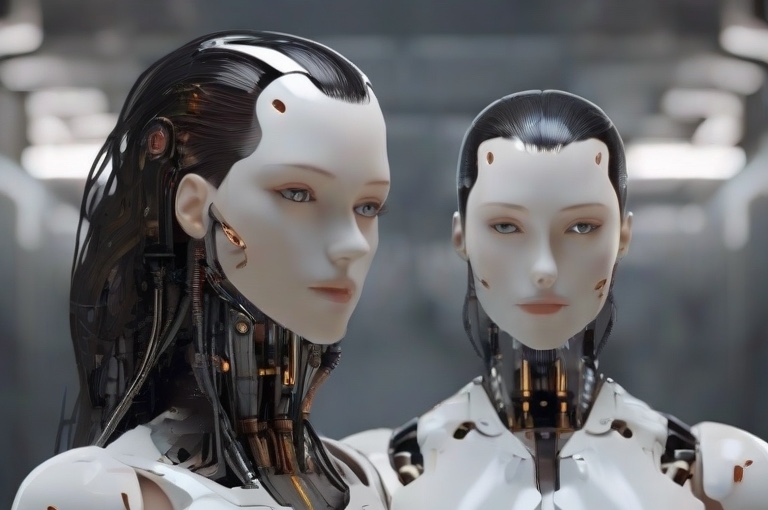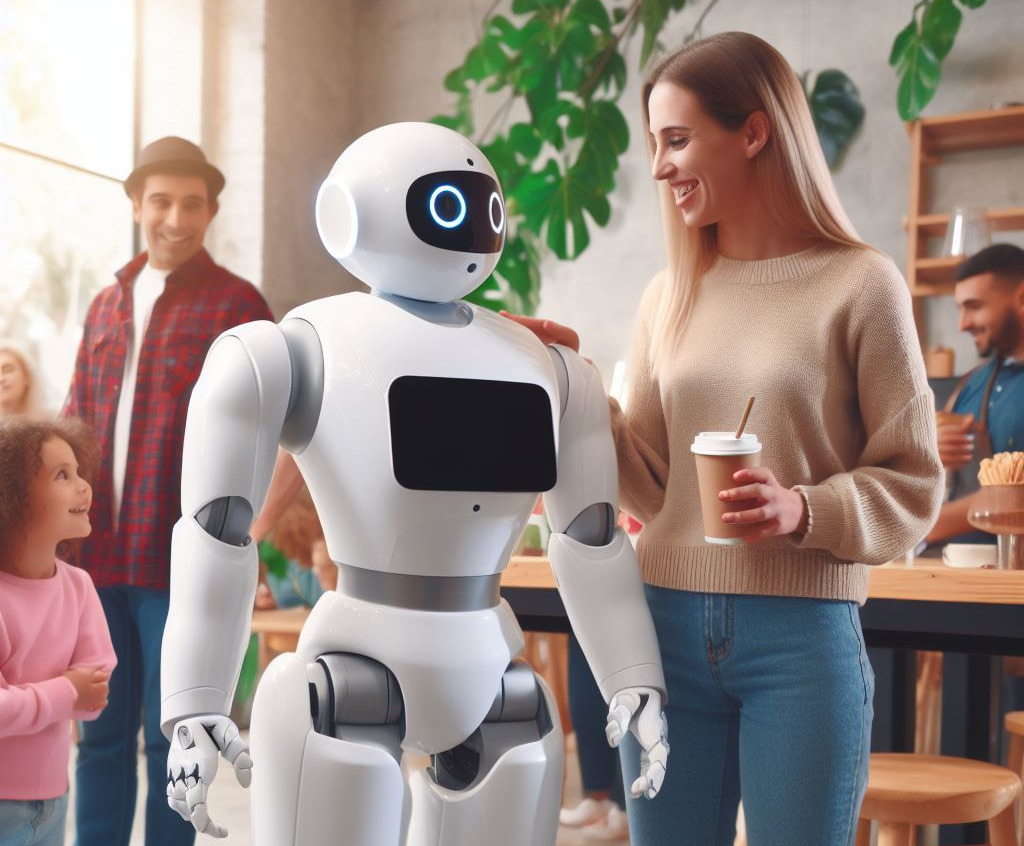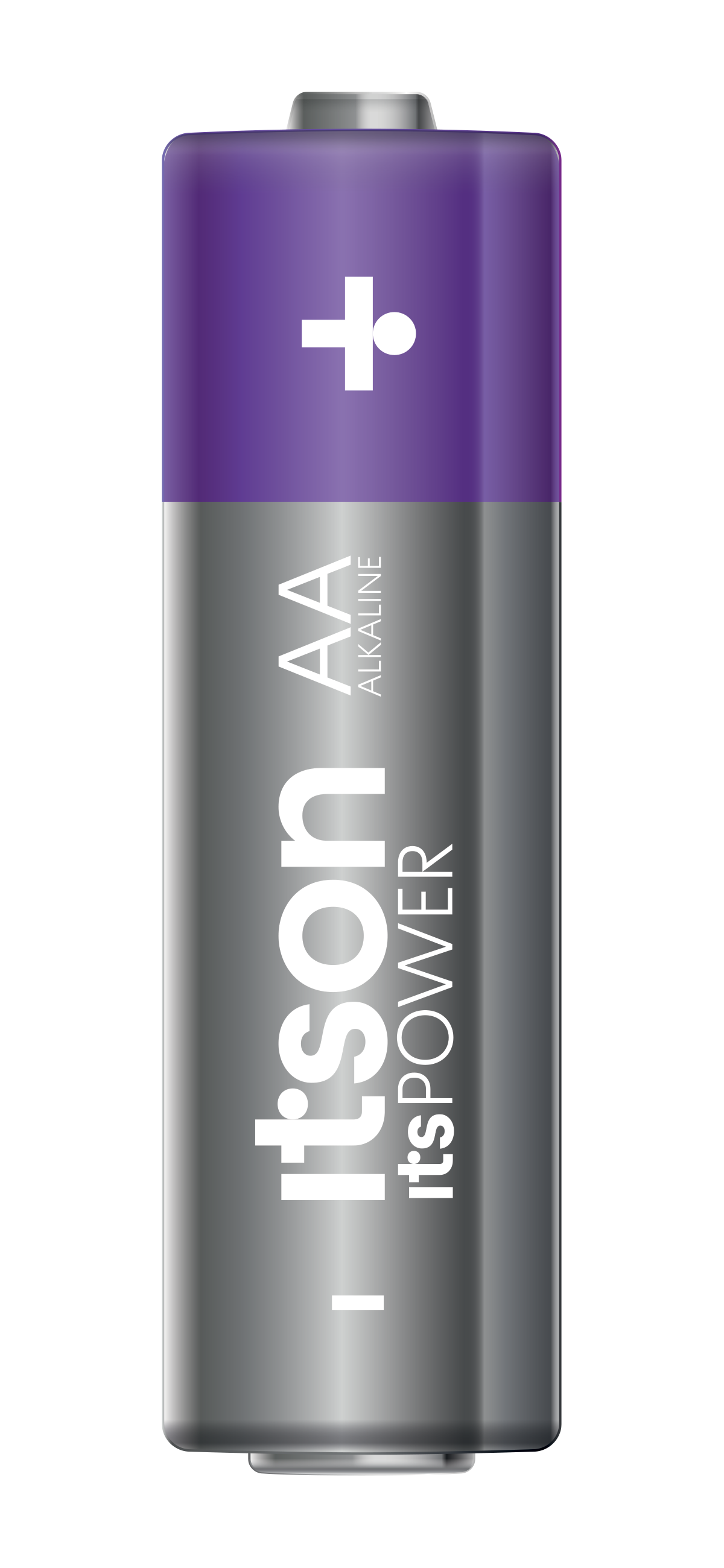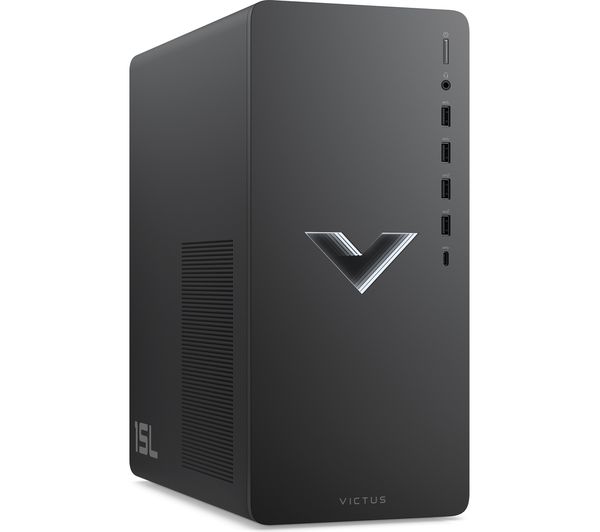Imagine being able to train a machine learning model on a small dataset and still get excellent results. That’s the promise of transfer learning, a technique that allows you to reuse the knowledge learned by a model trained on one task to improve the performance of a model trained on a different task.
Transfer learning is revolutionizing machine learning, making it possible to build more accurate and efficient models at a fraction of the cost. In this article, we’ll look at what transfer learning is, how it works, and some of its most exciting applications.
What is transfer learning?
Transfer learning is a machine learning technique where a model trained on one task is reused as the starting point for a model on a second related task. This can be done by fine-tuning the pre-trained model, or by using it to extract features that can be used to train a new model.
Why is transfer learning important?
Transfer learning is important because it can help to reduce the amount of data and time required to train a machine learning model. This is especially important for tasks where there is a limited amount of data available, such as medical diagnosis or natural language processing.
How does transfer learning work?
Transfer learning works by leveraging the knowledge that has been learned by a model trained on a large dataset. This knowledge can be used to improve the performance of a model trained on a smaller dataset.
For example, let’s say you want to train a model to classify images of cats and dogs. You only have a small dataset of images of cats and dogs, but you have access to a large dataset of images of animals. You can use the large dataset of images of animals to train a pre-trained model. Once the pre-trained model is trained, you can fine-tune it on your small dataset of images of cats and dogs. This will help to improve the performance of the model on your small data set.
Transfer learning is a powerful technique that can be used to improve the performance of machine learning models. It is especially useful for tasks where there is a limited amount of data available.
Benefits of Transfer Learning
Transfer learning is a machine learning technique that can be used to improve the performance of a model on a new task by leveraging the knowledge that has been learned by a model trained on a different but related task. Transfer learning can offer several benefits, including:
- Reduced training time: Transfer learning can help to reduce the amount of time required to train a model on a new task. This is because the pre-trained model can be used as a starting point for the new model, which can help to speed up the training process.
- Improved accuracy: Transfer learning can help to improve the accuracy of a model on a new task. This is because the pre-trained model can be used to learn general features that are common to both tasks. These features can then be used to improve the performance of the new model on the new task.
- Increased generalization: Transfer learning can help to improve the generalization of a model on a new task. This is because the pre-trained model has been trained on a large dataset, which can help to make the new model more robust to noise and outliers in the training data.
Types of Transfer Learning
There are three main types of transfer learning:
- Fine-tuning: Fine-tuning is a technique where the parameters of a pre-trained model are updated using a small dataset of labelled data for the target task. This is the most common type of transfer learning.
- Feature extraction: Feature extraction is a technique where the features learned by a pre-trained model are used to train a new model. This can be done by freezing the parameters of the pre-trained model and then training a new model on top of it.
- Multi-task learning: multi-task learning is a technique where multiple tasks are learned simultaneously using a single model. This can be done by sharing the parameters of the model across the different tasks.
Each type of transfer learning has its advantages and disadvantages. Fine-tuning is the most common type of transfer learning because it is easy to implement, and it can be used to improve the performance of a model on a small dataset. Feature extraction can be used to improve the performance of a model on a small dataset, but it can also lead to overfitting. Multi-task learning can be used to improve the performance of multiple models on a small dataset, but it can also be more computationally expensive.
The best type of transfer learning to use depends on the specific task and the amount of data that is available.
Applications of Transfer Learning
Transfer learning has been successfully applied to a wide range of tasks, including:
- Computer vision: Transfer learning has been used to improve the performance of image classification, object detection, and segmentation models. For example, a pre-trained model trained on ImageNet can be used to improve the performance of a model trained to classify images of flowers.
- Natural language processing: Transfer learning has been used to improve the performance of text classification, machine translation, and question-answering models. For example, a pre-trained model trained on a large corpus of text can be used to improve the performance of a model trained to classify customer reviews.
- Speech recognition: Transfer learning has been used to improve the performance of speech recognition models. For example, a pre-trained model trained on a large corpus of audio recordings can be used to improve the performance of a model trained to recognize the spoken words in a specific domain, such as healthcare or finance.
- Medical diagnosis: Transfer learning has been used to improve the performance of medical diagnosis models. For example, a pre-trained model trained on a large dataset of medical images can be used to improve the performance of a model trained to diagnose diseases from medical images.
- Financial forecasting: Transfer learning has been used to improve the performance of financial forecasting models. For example, a pre-trained model trained on a large dataset of financial data can be used to improve the performance of a model trained to forecast stock prices.
Conclusion
Transfer learning is a powerful technique that has the potential to revolutionize the way we build machine learning models. By reusing the knowledge that has been learned by a model trained on a large dataset, we can reduce the amount of data and time required to train a model on a smaller dataset. This is especially important for tasks where there is a limited amount of data available, such as medical diagnosis or natural language processing.
As transfer learning technology continues to develop, we can expect to see even more exciting applications in the future. For example, transfer learning could be used to develop new medical treatments, create more efficient financial markets, or even help us to understand the universe better. The possibilities are endless.
Here are some specific examples of how transfer learning is being used in the real world today:
- In healthcare, transfer learning is being used to develop new medical treatments. For example, a pre-trained model trained on a large dataset of medical images can be used to improve the performance of a model trained to diagnose diseases from medical images. This could lead to earlier diagnoses and more effective treatments for diseases such as cancer and heart disease.
- In finance, transfer learning is being used to create more efficient financial markets. For example, a pre-trained model trained on a large dataset of financial data can be used to improve the performance of a model trained to forecast stock prices. This could lead to more stable and profitable financial markets for everyone.
- In astronomy, transfer learning is being used to help us understand the universe better. For example, a pre-trained model trained on a large dataset of images of the night sky can be used to improve the performance of a model trained to identify new galaxies and stars. This could lead to discoveries about the universe and our place in it.
These are just a few examples of the many ways that transfer learning is being used today. As transfer learning technology continues to develop, we can expect to see even more exciting applications in the future.





















